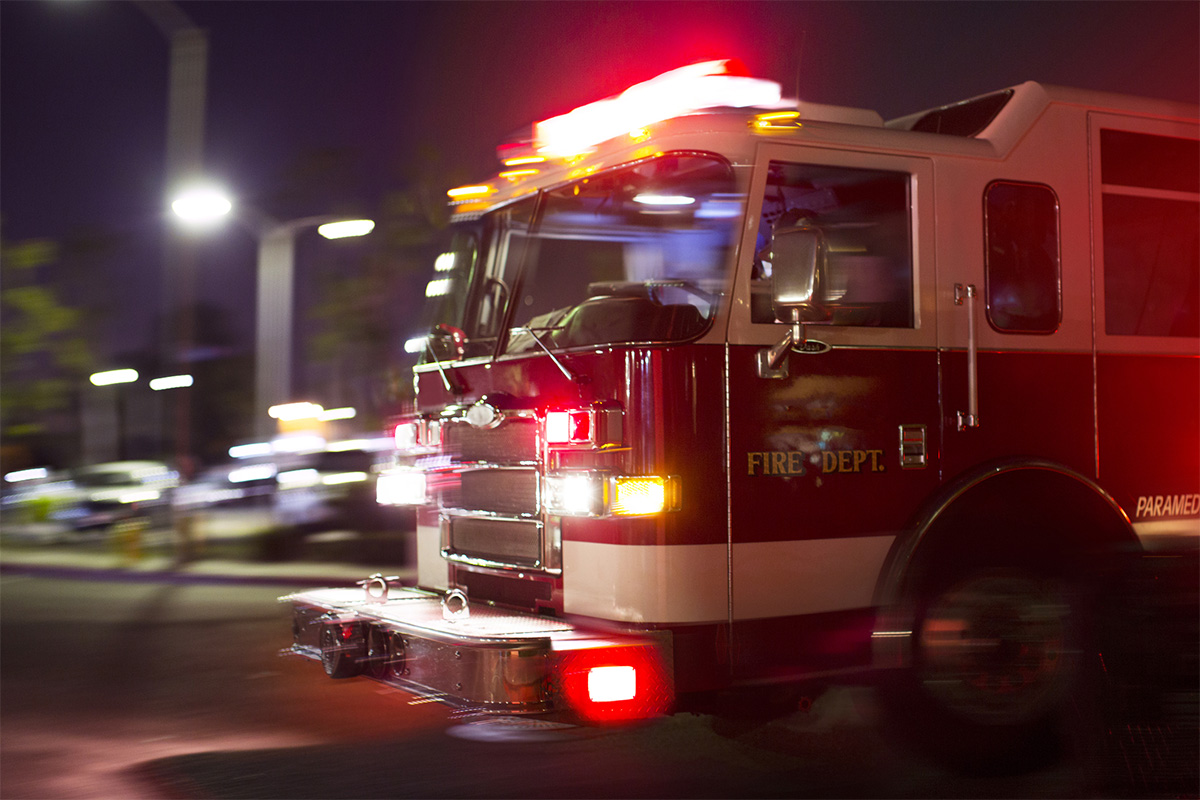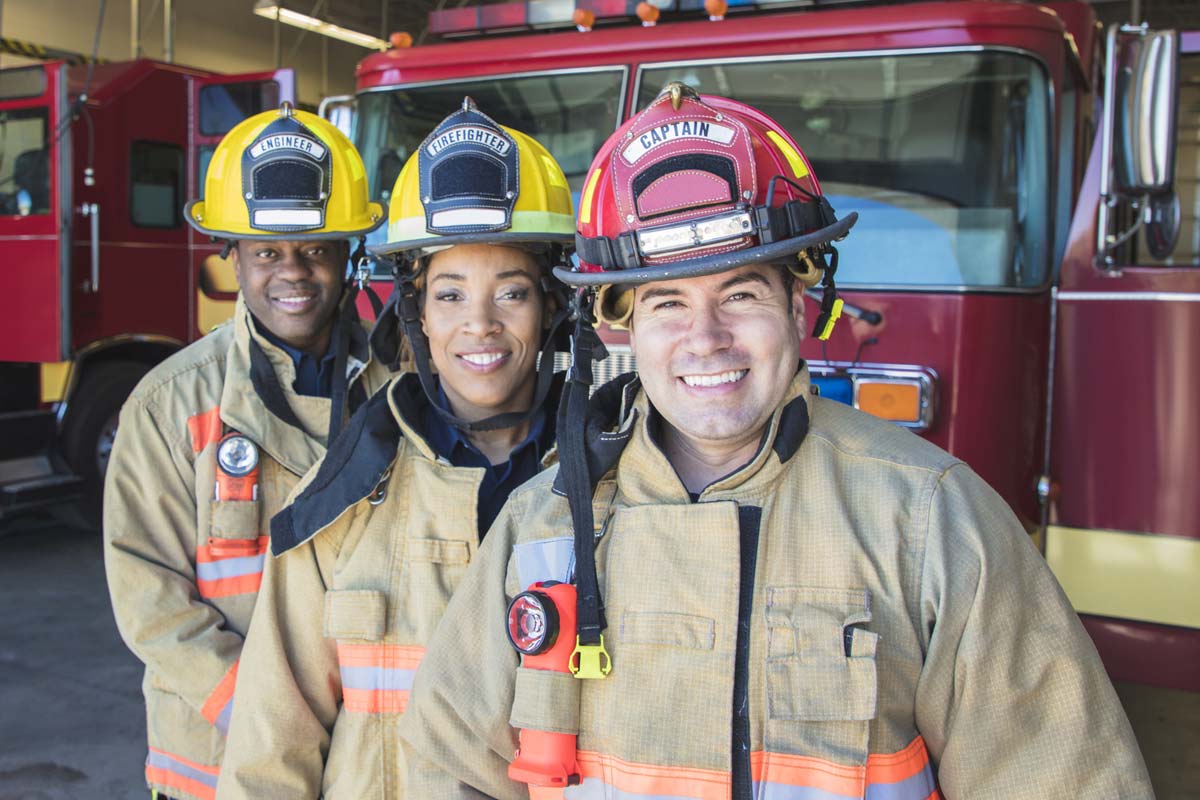As building materials, technologies and other factors evolve, fire departments are doing their part to adjust their strategies and keep their communities safe. Additionally, the number of fires has decreased significantly since the 1970s, but the National Fire Protection Association reported that departments still had to respond to 1.35 million fires in 2021, which resulted in:
- 3,800 civilian deaths.
- 14,700 civilian injuries.
- $15.9 billion in property damage.
Firefighters must stay up to date on current trends to be safe and successful in their jobs. In this article, we review seven emerging trends in the fire service.
1. Technology Advancements
Access to new technologies is becoming more affordable, allowing even fire departments with tight budgets to acquire advanced software and tools. From drones to thermal imaging to wireless connectivity, firefighters have access to technologies that make their jobs easier, more efficient, and safer.
2. Staffing Shortages
Staffing shortages have become one of the critical issues in the fire service today, as has been the case in many industries. Fire departments are shifting their strategies to do more with less while continuing to look for qualified firefighters to fill open positions. Here are three approaches to getting through staffing shortages recommended in an article on FireRescue1:
- Consolidating services with other agencies in the region.
- Outsourcing certain operations while keeping essential services in-house.
- Consulting with outside experts to research and evaluate options.
3. Emphasis on Wellness
A career in the fire service can be stressful, with long days, risky situations, and the potential for fatigue and burnout. To keep firefighters healthy and safe, departments are prioritizing wellness and mental health initiatives, such as the Share the Load™ program developed by the National Volunteer Fire Council.
4. Alternative Energy Sources
New energy sources are providing renewable alternatives to fossil fuels, but they also can create new safety hazards that require different responses. The fire service must adapt and react to ignition sources, such as batteries, that pose unique risks. First responders are staying current on the research regarding these energy sources, their fire risks, and how to combat them.
5. Wildfires in Rural Areas
As the country's population increases, development has spread into wildland areas that naturally come with greater wildfire risks. Developers are building communities in dry, forested areas where a single lightning strike can create life-threatening fire situations. One way that fire departments are responding is through education, informing residents of vulnerable communities about fire prevention strategies.
6. Community Engagement
Thanks to social media and an emphasis on transparency in public service professions, the fire service's engagement with the community has become more important than ever. To ensure continued public funding and support, the fire service can reinforce its value and benefit to the community through educational initiatives, online engagement and more. Agencies use community engagement as a fire prevention strategy, but they also use it to remind local governments, city councils, and residents about the services they provide and the good they do.
7. Building Materials
Certain construction materials are gaining popularity while also presenting unique fire risks. These building material risks include plastics, lightweight wood materials, tall wood-framed buildings, and flammable exterior cladding. Such materials can be more prone to burn and contribute to a structure's fire load, which can present additional difficulties to firefighters.
Fire Science Education
If you currently work in or are considering a career in the fire service, staying on top of emerging trends in the fire service can help you serve your community better. One way to do so is advancing your education, including pursuing a degree in fire science.
Here at Columbia Southern University, we offer online degree options at the associate, bachelor’s and master’s degree levels for firefighters and those working in other related careers. Our accredited fire science degree programs are recognized through Fire and Emergency Services Higher Education – a network of the U.S. Fire Administration’s National Fire Academy – and they proudly use the FESHE curriculum.
For more information about our online fire science degree options, visit our website.
Multiple factors, including prior experience, geography and degree field, affect career outcomes. CSU does not guarantee a job, promotion, salary increase, eligibility for a position, or other career growth.






